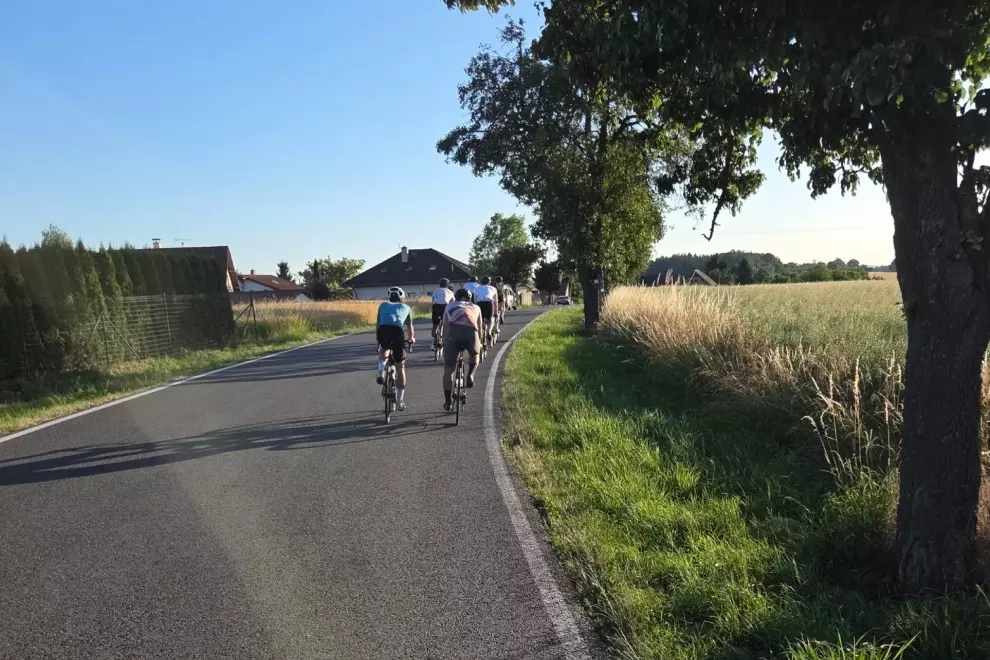That is the speed British architect Neil Campbell reached on August 17 on a 200-meter runway at Elvington Airfield in North Yorkshire. Campbell rode a special bicycle built by Moss Bikes using 3D-printed components and parts from a motocross bike. The design of the elongated, custom-built bike was based on that of a tandem.
He reached that astounding velocity after being pulled by a car and then released, riding partly in its slipstream but finishing under his own power. Because he was in a rush to break the record, he did not use a parachute designed to help him brake before reaching the airfield but he did wear a kangaroo-skin inflatable vest that inflates in case of a crash. It wasn’t needed.
Campbell is an inveterate bike speedster. In 2018, he broke his own European motor-paced record, clocking a speed of 239.8 kph. He told journalists that he is already preparing for his next challenge, trying to reach 220 miles per hour (354 kph) at the famed Bonneville Salt Flats in Utah next year. One reason he will try to top himself is that, despite many headlines reporting that he’d broken the world motor-paced land speed record for a bike, he only set a new record for men!
A woman, Denise Mueller-Koronek, a former US national track, road, and mountain bike champion, actually holds the world land speed record for bicycles, having rocketed along at 296.009 kph on a custom-built carbon KHS in September 2018. And, of course, she achieved that feat at the Bonneville Salt Flats where many vehicular land speed records have been set over the years.
For her world record, Mueller-Koronek rode in the draft of a modified 1,000-hp converted dragster with fairings, which was also used by the previous record holder, the so-called Flying Dutchman Fred Rompelberg, who hit 268.831 kph in 1995.
For Mueller-Koronek’s record attempt, KHS Bicycles created a custom carbon frameset. The elongated design and 17-inch motorbike wheels keep the bike stable at high speeds while a suspension fork reduced vibrations. The gearing was a double-reduction setup, which could only begin to be pedalled effectively at around 80 kph. The dragster dragged her until she reached that speed, and she did the rest under her own power. Until Campbell or someone else goes faster, she remains the current world land speed record holder for bicycles.
The first bicycle land speed record was set by an American named Charlie Murphy in 1899. He rode in the draft of a steam train and hit a speed of 96.56 kph, an amazing feat for the time. A mile of plywood sheets was attached to the railroad ties so that Murphy would have a smooth surface riding behind the train. Since then, the record has been broken 10 times in Europe and the United States.

But, as with many records, there’s an asterisk and it belongs to another British man, Bruce Bursford, who reached a speed of nearly 335 kph in 1995 – without going anywhere. He set the unique record on a bike he designed, took four years to build, and cost more than one million British pounds to construct. The trick is that the bike was set on rollers and the speedometer was contained in an eyepatch. Bursford reached nearly 100 kph in 2 seconds and “rode” the bike for only 30 seconds. Conditions were simulated so that Burford was “towed” until he reached 160 kph. The towline was then “released” and he was left to pedal flat out. There is no information about whether he was wearing a helmet.




